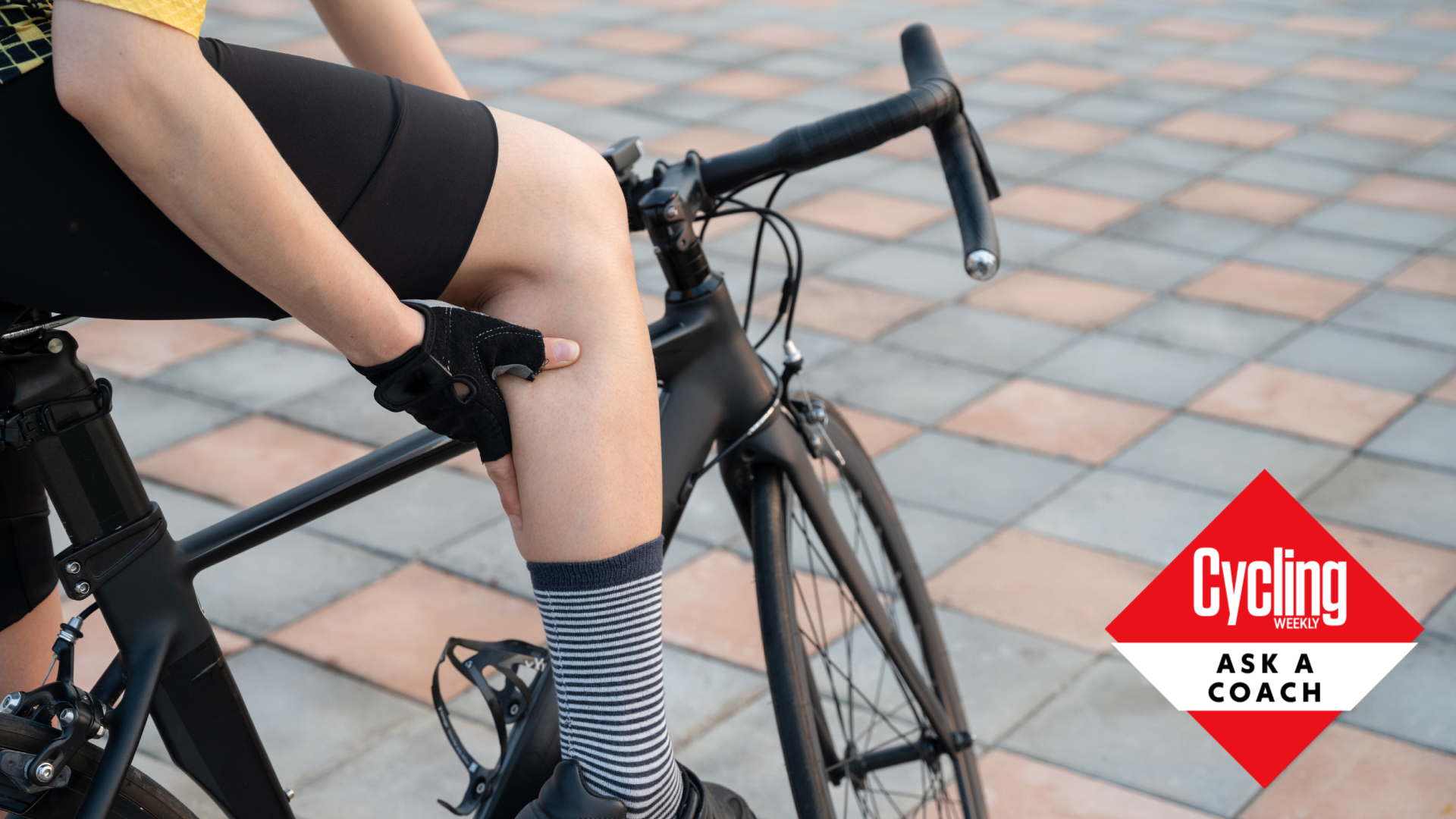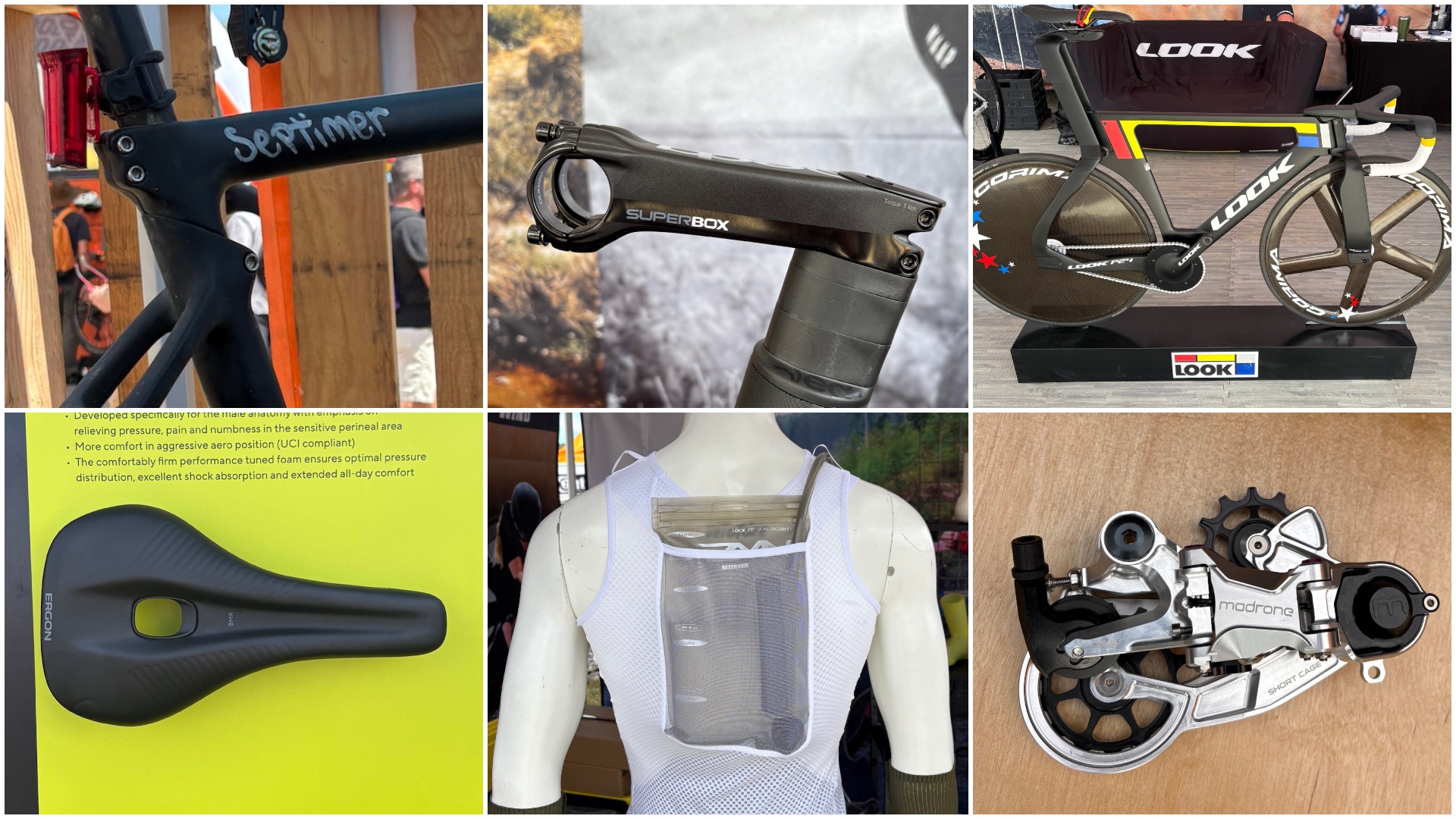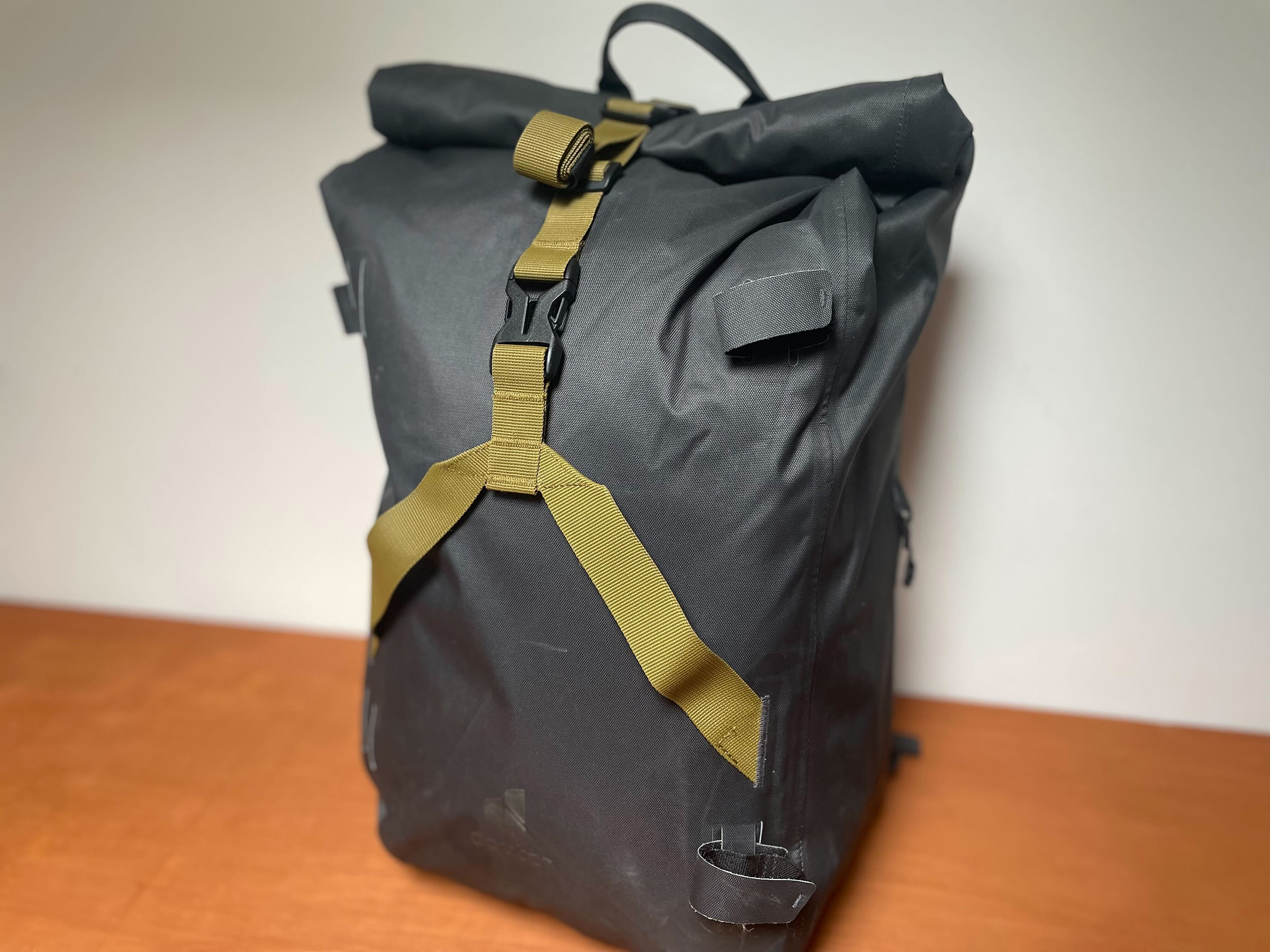Ask a coach: ‘Why do my legs cramp after cycling?’
Here’s what’s going on in your body to cause those painful muscle spasms


Cramp is a term we use to describe an intense, involuntary - and often painful - muscle contraction, sometimes referred to as a muscle spasm. Depending on its location, we can sometimes even actually see the muscle contracting!
Unfortunately, it can happen both during cycling and after. But what is it about cycling which can cause our muscles to react in this way? Cycling coach Alex Welburn explains what’s going on in the body, and what you can do to avoid cramps.

Performance cycling coach Alex Welburn is one of the experts who will be answering your questions in Cycling Weekly's Ask a Cycling Coach series, online every Wednesday. He's currently completing a PhD on Critical power and W' at Loughborough University whilst also managing the Performance Project, in which he coaches athletes and provides consultation.
For those of you who have not experienced cramps, consider yourself lucky. For me, it was the bane of my competitive days. Whether it struck on a key climb, prior to a sprint or in the middle of the night, its presence was always known. Fun fact - I was once racing on a mountain bike and I cramped simultaneously in my arms and quads, which ultimately led to me crashing into a tree.
History of our understanding of cramps
Research has defined cramps as the “painful, spasmodic contraction of the skeletal muscle that occurs during or immediately after muscular exercise” (Schwelluns et al.1997).
We have yet to prove what causes cramps with sufficiently sound evidence, though - there are many theories and suggestions which are often debated. Research in this area is difficult because it causes pain and is induced by the researcher, which has significant ethical implications. As such, a lot of the research is on large case studies from events, where researchers assess differences between those that cramped and those that don’t.
Electrolyte and fluid loss have been connected to cramp from analysis in the 1920s and 1930s of miners and other workers laboring in hot and humid conditions. They were given saline drinks/salt tablets and over time there was a reduction in the number of cramps reported. However, further research has found little difference in sodium/fluid loss and sweat rate between those who have reported cramps and those who haven’t. Some research has shown pickle juice can reduce the length of cramps - but not the intensity!
There is a neuromuscular theory which proposes that muscle overload and neuromuscular fatigue cause an imbalance within the muscle between excitatory impulses (those which cause an action of the body) and inhibitory impulses (those which prevent an action) - with the result being localized muscle cramps.
Get The Leadout Newsletter
The latest race content, interviews, features, reviews and expert buying guides, direct to your inbox!
A potentially new line of thought was presented at this year's Cycling Science Conference on how biomechanics affects physiology. It was suggested that as we fatigue, it can change which muscles are more active or less active when we pedal. This may change the way we pedal or position ourselves on the bike. While not directly linked to cramp itself, there is a plausible link. Therefore, cramps may be related to your bike position.
Whilst this is just a short snippet of the research, collectively, it suggests that dehydration, muscle fatigue, lack of sleep and lack of conditioning can cause these dreaded muscle cramps. But again, it is hard to point to one exact thing.
So, the research doesn’t have anything definitive; what can I actually do?
The most effective approach for avoiding cramps appears to be very individualized - what might work for one rider, may not work for the other. It will be a case of ‘having a go’ at a number of different techniques, and finding what helps you avoid cramps.
1. Have a bike fit: A bike fit can help ensure you are in the optimal position based on your biomechanics and cycling needs.
2. Stay hydrated: If you are someone who sweats a lot, ensure you stay hydrated throughout your ride and once you are finished. You can easily weigh yourself pre- and post-session to calculate fluid loss - this can be an easy thing to address!
3. Condition yourself for your event: Make sure your training is in line with what you are aiming for; this is to help reduce the effect of fatigue towards the end of a long ride/event as often a lack of conditioning can contribute to cramp. For example, if you come to the first event of the season and you have not done much work around a similar intensity, you may find yourself pushing harder than normal. I personally found I was prone to this so before any big event I was targeting, I would always find a couple of smaller events to do beforehand.
4. Set time aside for off-the-bike exercises: This is where strength training in the gym can prove beneficial for some riders. It can help strengthen posterior muscles and those that help stabilize the pedal stroke too. Moreover, ensuring you are warmed up and including some activation work with an exercise band alongside a regular stretching routine may help reduce the incidence of cramps.
To conclude, some individuals are more susceptible to cramps after cycling than others. While there is nothing conclusive, there are a few things you can do to help prevent these muscle cramps both on and off the bike. The four suggestions above can be a good place to start so you can minimize the impact of exercise-induced cramps.

Thank you for reading 20 articles this month* Join now for unlimited access
Enjoy your first month for just £1 / $1 / €1
*Read 5 free articles per month without a subscription

Join now for unlimited access
Try first month for just £1 / $1 / €1
Alex is a Physiologist, Performance Coach, who also lectures occasionally at Loughborough
University where he is completing his PhD in Critical power and W'.
After competing for over 10 years on the bike, where he has competed for GB in both
cyclocross and mountain bike events, he now spends his spare time in the mountains as an
aspiring guide. Alex has worked with cyclists of all levels over the last 9 years, from ultra-
endurance world champions to the Women’s TDF. Supporting his PhD he manages The
Performance Project, consulting with and coaching athletes. Finally, he is also a proud
sponsor of southern based LAKA X Pedal Mafia Race Team.
-
 The Sea Otter Classic: sights and sounds from the biggest bike gathering in North America - Part 1
The Sea Otter Classic: sights and sounds from the biggest bike gathering in North America - Part 1Odds and ends that run the gamut, from a $13,000 frameset to armoured kit and new hydro-vests
By Tyler Boucher Published
-
 Deuter's 30ltr commuter backpack
Deuter's 30ltr commuter backpackA rolltop bag to fit a change of clothes and a sandwich. And keep them dry
By Simon Richardson Published